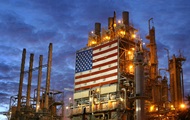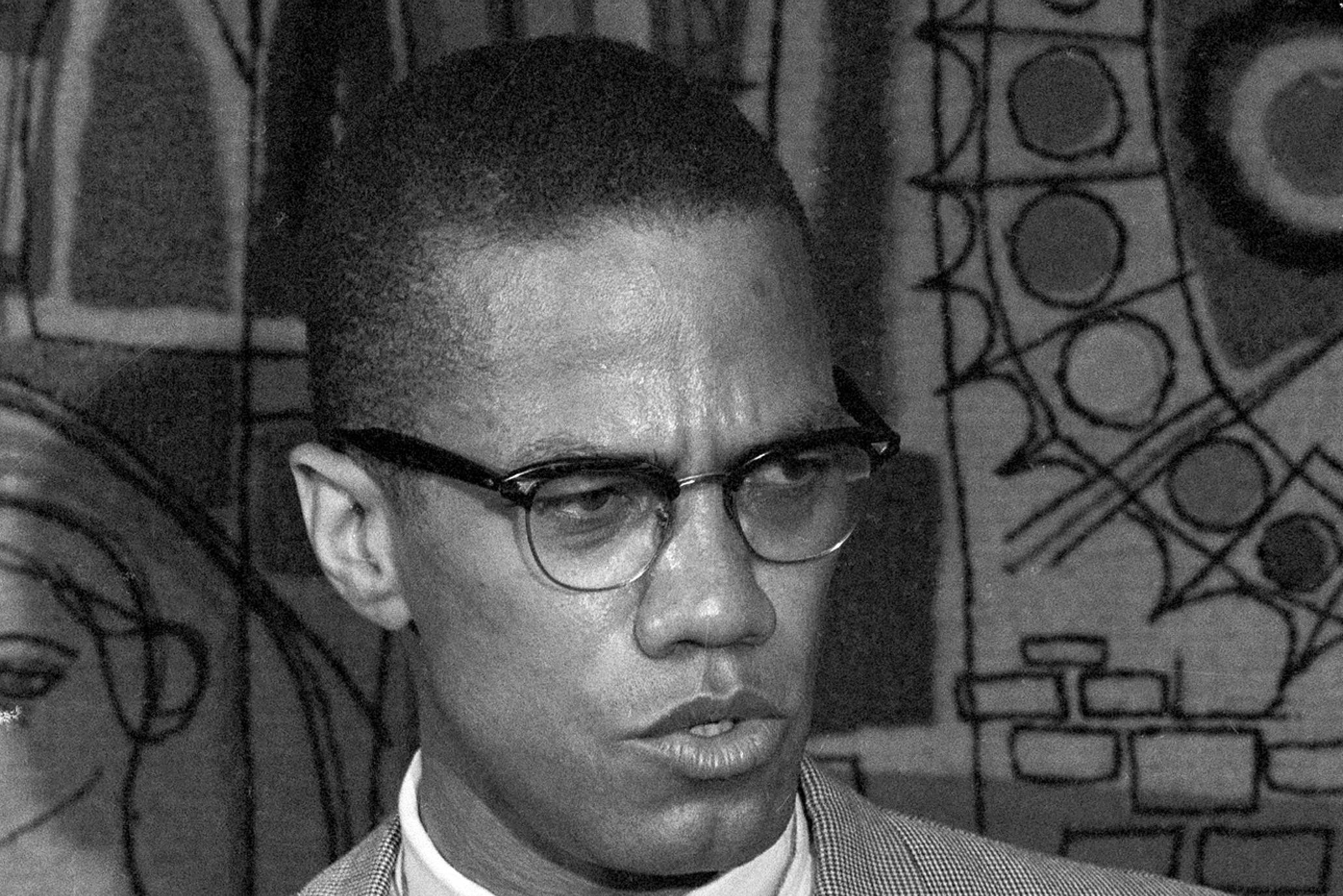America has coordinated with other consumer countries to address supply shortages “as the world emerges from the pandemic.”
US President Joe Biden announced the release of 50 million barrels of oil from the strategic reserve. Together with Washington, other energy consuming countries, including China, India, Japan, South Korea and Britain, have made this decision. Correspondent.net tells the details.
Biden increases rating and pressure on OPEC +
US President Joe Biden on November 23 will announce the decision to use the strategic oil reserve to lower prices and the Ministry of Energy will open access to 50 million barrels of oil.
“The President will announce today that the Department of Energy will provide access to 50 million barrels of oil from the Strategic Oil Reserve to bring down prices for Americans and bridge the gap between demand and supply from the pandemic,” the White House said.
It is noted that as a result of the strong recovery of the US economy this year, the disposable income of Americans increased by almost $ 100 a month, despite the fact that COVID continued to complicate economic recovery around the world.
“Even so, American consumers are feeling the impact of higher gas prices at gas stations and on their home heating bills, and American businesses are also feeling the impact of higher gas prices at petrol stations and on their home heating bills, because the supply of oil has not kept pace with demand,” the White House said in a release.
This is done in order to help offset the rise in gasoline prices. Biden faced growing consumer discontent ahead of Thanksgiving, a senior administration official told ABC News.
This hit the ratings of both the president and other Democrats in Congress ahead of next year’s midterm elections.
In October, world oil prices rose to new multi-year highs amid rising global demand. During this period, the price of US WTI crude oil rose above $ 85 for the first time since October 2014.
“American consumers – as well as American businesses – are feeling the impact of rising oil prices at gas stations and when receiving heating bills because supply is not keeping up with demand as the global economy emerges from the pandemic,” the White House said today.
Simultaneously with the United States, China, India, Japan, South Korea and the United Kingdom will release a part of the oil reserves to the markets.
“This is the culmination of several weeks of consultations with countries around the world, and we are already seeing how the effect of this work is reflected on oil prices,” the White House stressed.
Biden’s possible statement about the release of some oil from the US strategic oil reserve was previously reported by Bloomberg. White House spokesman Jen Psaki said earlier that the Biden administration will urge OPEC to increase production regardless of whether it uses a strategic oil reserve.
Earlier, leading producers from OPEC + rejected Biden’s initiative to increase production in excess of the previously agreed 400 thousand barrels per day per month to combat record high gasoline prices in the United States.
At the same time, Bloomberg sources also reported that the OPEC + countries may change the parameters of their agreement to restore oil production if one of the major importers launches a sale of strategic oil reserves.
The interlocutors of the publication indicated that this could happen already on December 2, when the next meeting of the ministers of the OPEC + countries will take place.
One of the interlocutors of Reuters, when asked why turn to India, which has rather small strategic reserves, replied that the main thing here is to show solidarity. “It is important that the largest consumers make it clear to OPEC + that the cartel must change its behavior,” the source explained.
At the November meeting, the members of the organization agreed not to accelerate the increase in oil production and not to deviate from the previous plan for a monthly increase in production by 400 thousand barrels per day.
As Psaki said on November 23, the US will continue to put pressure on OPEC to keep oil supply in line with demand.
“Regardless, we intend to continue to put pressure on OPEC to match supply with demand,” the White House spokeswoman said, noting Washington will also continue to put pressure on oil companies “that have made record profits.”
The US president’s decision to print oil reserves after OPEC + countries rejected calls for a significant increase in production marks a diplomatic victory for the United States and challenges authorities from Saudi Arabia, Russia and other producers, Bloomberg notes.
This is the first major, unplanned withdrawal of crude oil from US strategic reserves since 2011, when the Libyan civil war caused a spike in prices. US oil reserves were first created after the oil crises of the 1970s.
At the moment, the level of occupancy of the US strategic reserve has fallen to its lowest level since 2003 – 606.1 million barrels. The United States imports such a volume of crude oil in about six months.
The US Department of Energy will provide access to market the 50 million barrels from the Strategic Oil Reserve in two ways: 32 million barrels will be swapped over the next few months, releasing oil that will eventually return to the Strategic Oil Reserve in a few years.
“The exchange is a tool adapted to today’s specific economic environment, where the markets expect future oil prices to be lower than they are today, and helps immediately make life easier for Americans and move into this period of expected lower oil prices. automatically envisages replenishment of strategic oil reserves over time to meet future needs, “the White House said in a statement.
According to experts, Americans will see a sharp drop in prices almost immediately. But a bigger impact can be expected in about two weeks, when gas stations across the country cut prices.
But Bob McNally, head of the Rapidan Energy Group and former adviser to George W. Bush, has warned of the fallout.
“A coordinated foray into strategic reserves in the absence of geopolitical turmoil – to influence world oil prices – is a fatal energy policy precedent that could backfire,” the Financial Times quoted him as saying.
Meanwhile, the rise in oil prices to $ 83.5 a barrel at the auction on Tuesday indicates that hopes for a cooling of the market have not yet come true. In recent weeks, oil continues to rise in price, and at the end of October in the United States it reached its highest level in the last seven years (over $ 86 per barrel).
Experts note that Biden’s decision to sell off part of the reserve may only have a short-term impact on the market, as oil prices continue to be pushed up by several different factors.
Among them are the economic recovery after the pandemic, lack of investment in traditional energy infrastructure and the slow development of renewable energy sources.
News from Correspondent.net in Telegram. Subscribe to our channel https://t.me/korrespondentnet
– .


